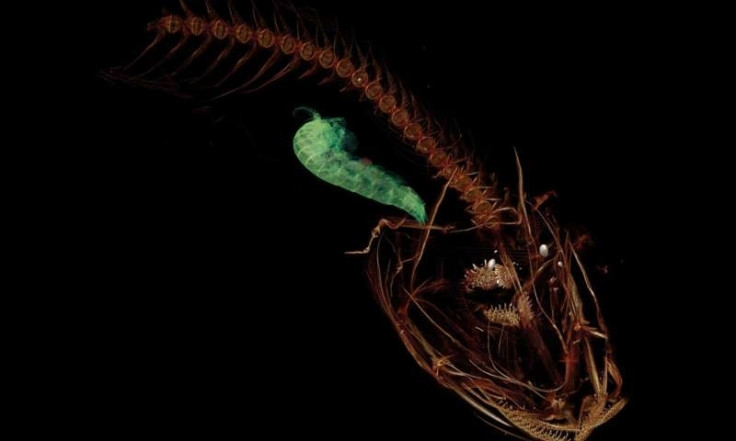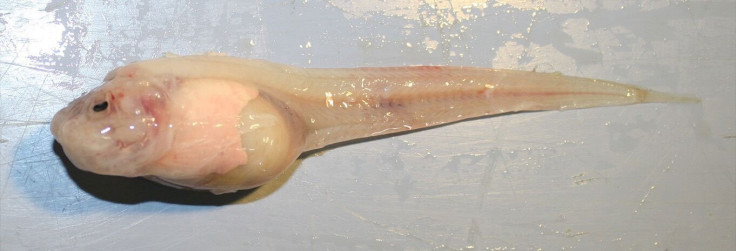Strange new fish species discovered which lives at a record-breaking 8,000 metres deep
The Mariana snailfish lives in the Mariana Trench – the deepest part of the world's oceans.

An international team of researchers has described a new animal species, which has been confirmed as the deepest-living fish on Earth.
The Mariana snailfish (Pseudoliparis swirei) lives at depths of around 8,000 metres in the Mariana Trench – the deepest part of the world's oceans.
"This is the deepest fish that's been collected from the ocean floor, and we're very excited to have an official name," said Mackenzie Gerringer, lead author of the study describing the species, from the University of Washington. "They don't look very robust or strong for living in such an extreme environment, but they are extremely successful."
The Mariana snailfish looks fairly unremarkable: it's small, translucent and lacks scales. However, it is extremely well adapted to its unique environment. Scientists don't know how the species is able to survive at pressures equivalent to the weight of an elephant standing on your thumb.
Between 2014 and 2017, researchers collected 37 specimens of the new species from a range of depths between 6,9000 metres and 8,000 metres. With the help of DNA analysis and 3-D scanning techniques, they were able to identify the fish as a new species. Their findings are published in the journal Zootaxa.
Since these initial research trips, scientists from Japan have captured video footage of the fish swimming at depths of 8,134 metres, the deepest sighting so far.

"Snailfishes have adapted to go deeper than other fish and can live in the deep trenches," said co-author Thomas Linley from Newcastle University. "Here they are free of predators, and the funnel shape of the trench means there's much more food. There are lots of invertebrate prey and the snailfish are the top predator. They are active and look very well-fed."
Only a handful of comprehensive animal surveys have been completed in the Mariana Trench due its depth and remote location in the Western Pacific. To capture specimens for their study, the international team dropped traps fitted with cameras to the bottom of the trench – a process that can take up to four hours.

"There are a lot of surprises waiting," Gerringer said. "It's amazing to see what lives there. We think of it as a harsh environment because it's extreme for us, but there's a whole group of organisms that are very happy down there."





















